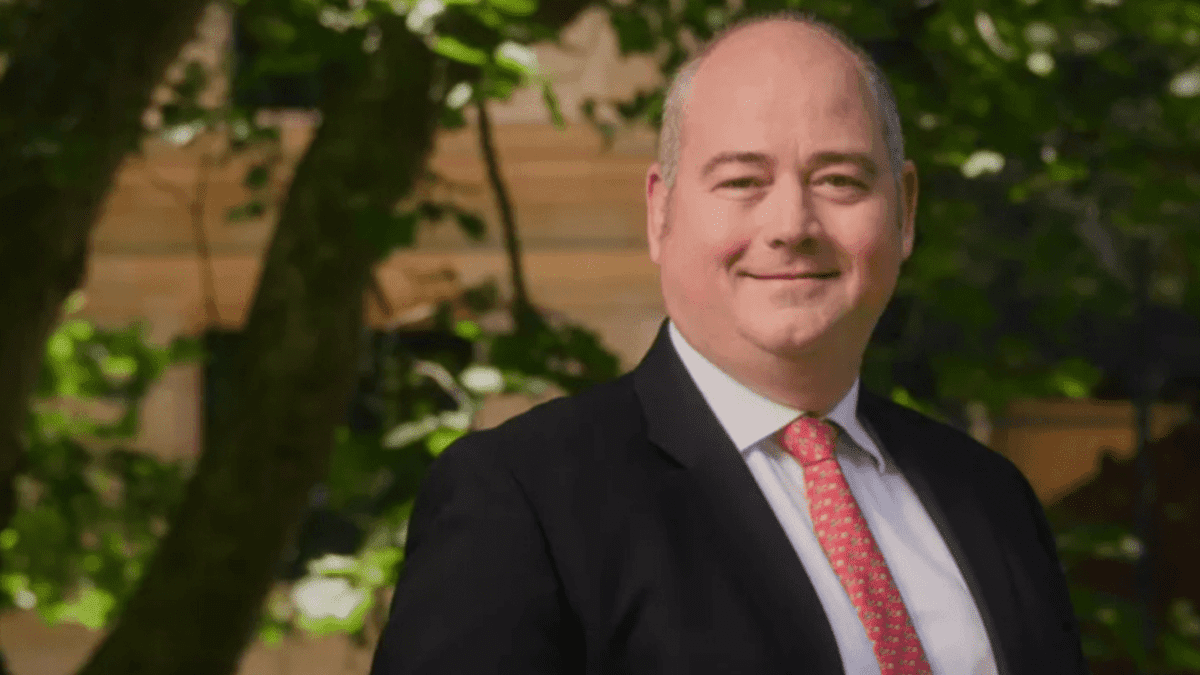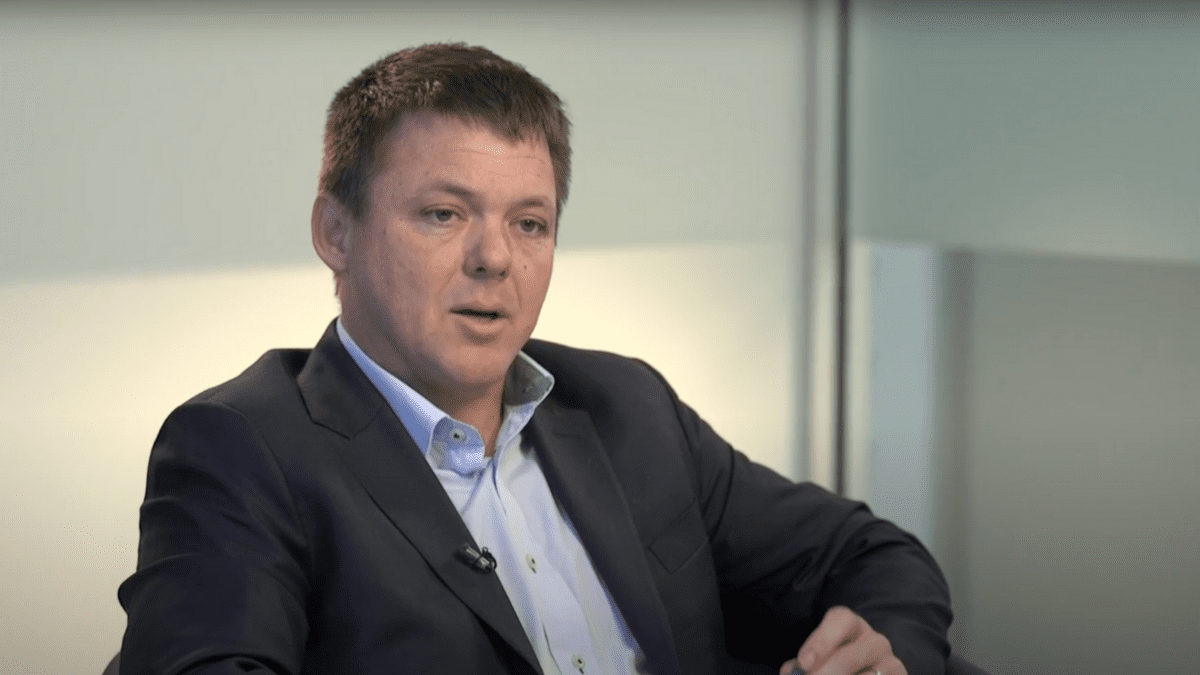Exchange-traded market hits record-high, with investors turning defensive
Assets under management (AUM) in the exchange-traded fund (ETF) industry has jumped while the value of listed investment companies continues to decline, according to recent Australian Securities Exchange data, as investors flock to the ease of ETFs – although the sector’s robust growth has recently begun to slow.
The overall market for exchange-trade products (ETPs), including ETFs, grew to a record $139 billion in AUM at the end of March, up 1.9 per cent from February’s level of $136.2 billion and 5 per cent from a year earlier, the data showed. The number of ETPs listed on the ASX also rose, to 285 from 247 in March 2022.
In contrast to the rising investment in ETPs, the level of assets in listed investment companies (LICs) fell 1.3 per cent to $48.9 billion in March, down from $52 billion a year earlier. The number of LICs fell to 91 from 98 in March 2022, while the number of exchange traded funds (ETFs), which make up around 90 per cent of the ETP market, has continued to rise.
According to Scott Keeley, senior financial adviser at Wakefield Partners, cost and the ongoing active-versus-passive debate have both contributed to investors looking more favourably on ETFs that track indexes than on LICs.
“In addition, it is definitely the thematic ETFs that have exploded in popularity in my client base,” he said. “Being able to add areas of special interest into clients’ portfolios has made ETFs vastly more popular.”
Investors seeking defensive assets, diversification
According to Vanguard, the largest ETF provider in Australia, while the ETF market is growing, the rate of growth has slowed in recent times. The Australian ETF market recorded $1.8 billion in cash inflows during the first quarter of 2023, down 47 per cent from the previous quarter; it had $2.8 billion in inflows in the first quarter of 2022.
“Rising interest rates and the soaring cost of living has likely impacted ETF flows, as investors have less discretionary income with which to invest,” said Minh Tieu (pictured), Vanguard’s head of ETF capital markets, Asia-Pacific.
“With recent financial market volatility and continuing economic uncertainty, it’s also likely investors are seeking safety in defensive assets such as fixed income and cash ETFs in an effort to manage investment risks. But we expect flows to pick up as inflation is brought back under control.
“Meanwhile, in this current weather, investors who focus on long-term returns, ensuring broad portfolio diversification, and stay the course will be best prepared to navigate any market turbulence,” Tieu added.
‘A very striking change’
Ilan Israelstam, chief commercial officer with Betashares, said the strong rise in sharemarkets over March, combined with healthy inflows, allowed the Australian ETF industry to outperform despite outflows from global equities ETFs of $136 million.
“This marks a very striking change to previous years, with international equities flows being exceptionally light in the year to date, with investors continuing to take a cautious stance towards equities more generally, in preference to fixed-income and cash exposures,” Israelstam said.
“Fixed-income exposures lead the way in terms of flows, with the category recording the highest level of net flows [in March] and also in the year to date,” he said. Gold mining ETFs also rallied strongly, along with cryptocurrency ETFs.
According to the Vanguard data, Australian bond ETFs recorded $499 million in inflows in the first quarter of 2023, while international bond ETFs recorded $448 million. These flows were 52 per cent and 61 per cent higher, respectively, from a year earlier.
“The first quarter of 2023 has delivered the biggest quarterly return on Australian bonds for over a decade, and recent demand suggests fixed income is firmly back on investors’ radars,” said Tieu.
Cash ETFs were also popular in the first quarter, recording $430 million in inflows, up significantly from the same time last year when outflows totalled $555 million. “This suggests investors are seeking not only yield but also more liquidity than… term deposits,” Tieu said.
As bond markets are typically forward-looking, future interest rate hikes and inflation have likely already been priced into ETFs, she said. “This means bond allocations and the cost of diversification are now cheaper than seen for many years, with other benefits such as income on top.”
Australian equity ETFs saw $667 million in inflows during the first quarter, with high-yield Australian equity ETFs proving attractive. Vanguard’s Australian Shares High Yield ETF recorded $183 million in flows and was the company’s most popular ETF over the first quarter.
“It seems evident that investors are seeking out income sources, which may account for the stronger flows into bond ETFs and high-yield ETFs,” Tieu said. “For retirees in particular, income-producing bond ETFs can be a source of steady income while providing diversification and a lower-risk way to remain invested through the current market volatility.”









